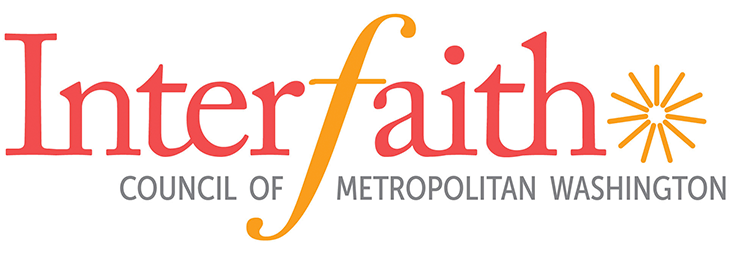
By Rabbi Gerry Serotta, Former Executive Director, IFC
This year 2022 marks the 20th anniversary of the IFC Unity Walk. Living in Washington, DC, we sometimes take for granted that we can walk down a main thoroughfare of our community and visit several different faith communities, learning from each other about how we walk along distinctive spiritual paths leading to the same destination. The Unity Walk recognizes the importance of the “dignity of difference” (described in a book by that title by Rabbi Jonathan Sacks) as well as celebrating the benefits of pluralism.
After 35 years of serving my own faith community as a Rabbi, I spent 12 years as a leader of interfaith projects as Executive Director of Clergy Beyond Borders and then the IFC. In those roles I always maintained that interfaith engagement would only serve to reinforce and deepen the spiritual identity of anyone who attended our programs and engaged in true dialogue. Many of those whom we encountered over the years did in fact report that learning about the many paths to the One God increased their devotion within their own journeys.
Yet this was only part of the story. This past summer I read two recently published books which I heartily recommend: Holy Envy: Finding God in the Faith of Others by Rev. Dr. Barbara Brown Taylor and Dreaming Against the Current: A Rabbi’s Soul Journey by Rabbi Rev. Dr. Haviva Ner-David. These courageous women of faith, one an ordained Episcopal Priest who went on to teach World Religions at a small Southern college, and the other the first woman ordained as an Orthodox rabbi in Israel, who later was also ordained as an interfaith-interspiritual minister at Riverside Church in New York, boldly question the thesis that interfaith encounter does not challenge the believer, nor does it leave a deep faith commitment unscathed.
In my travels on Journeys of Reconciliation with other Jewish, Christian, and Muslim clergy for Clergy Beyond Borders, we found that the rare pockets of resistance we met were within certain Christian communities. Sometimes this sounded to me like a version of the “middle child syndrome,” as if God’s love for all of humanity could only be perceived through one exclusive path — that recognizing other paths could be threatening. As the oldest of the three “Abrahamic” faiths (so-called, although where would Abraham have been without Sarah and Hagar?) Judaism could come to terms with later revelations to its “daughter” religions. As the youngest (at least in terms of the revelation to Mohammed) Islam could celebrate its legacy from the previous holy teachings. Ultimately a truly pluralistic approach could be summarized as that “I don’t have to be wrong for you to be right.”
In their books both Rev. Brown and Rabbi Ner-David describe faith journeys that took unpredictable detours away from certainties toward deeper spiritual truths. Rev. Brown Taylor puts it this way: “Engaging the faith of others will almost certainly cause you to lose faith in the old box you kept God in…you will need a bigger one with more windows in it.”
I love this description of how our faith can grow and expand through interfaith encounter. But this does not mean that this encounter will not challenge us. Rev. Taylor quotes Rabbi Sacks: “Peace involves a profound crisis of identity,” implying that new turns along our journey of faith may even mean leaving the marked path. We appreciate the IFC’s inspiration over many years in helping us to build that bigger box “with more windows.”
